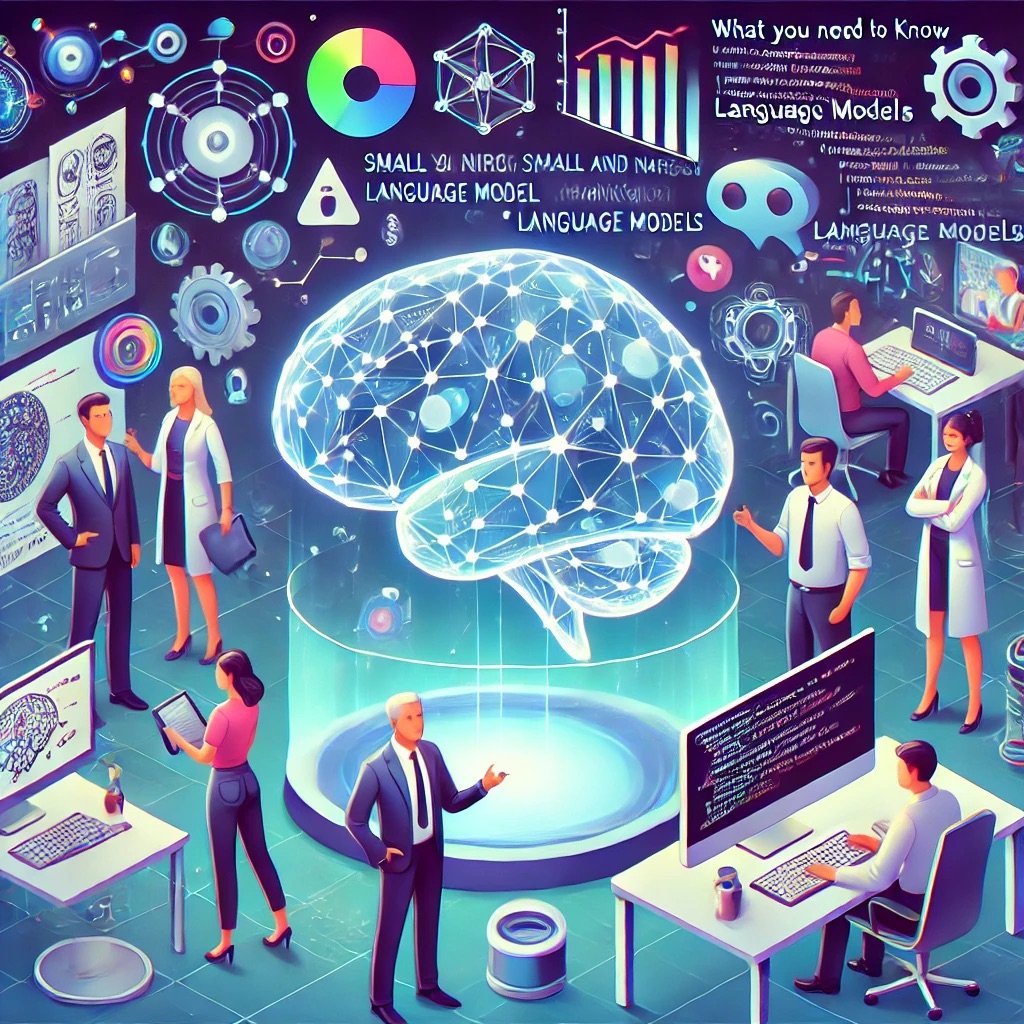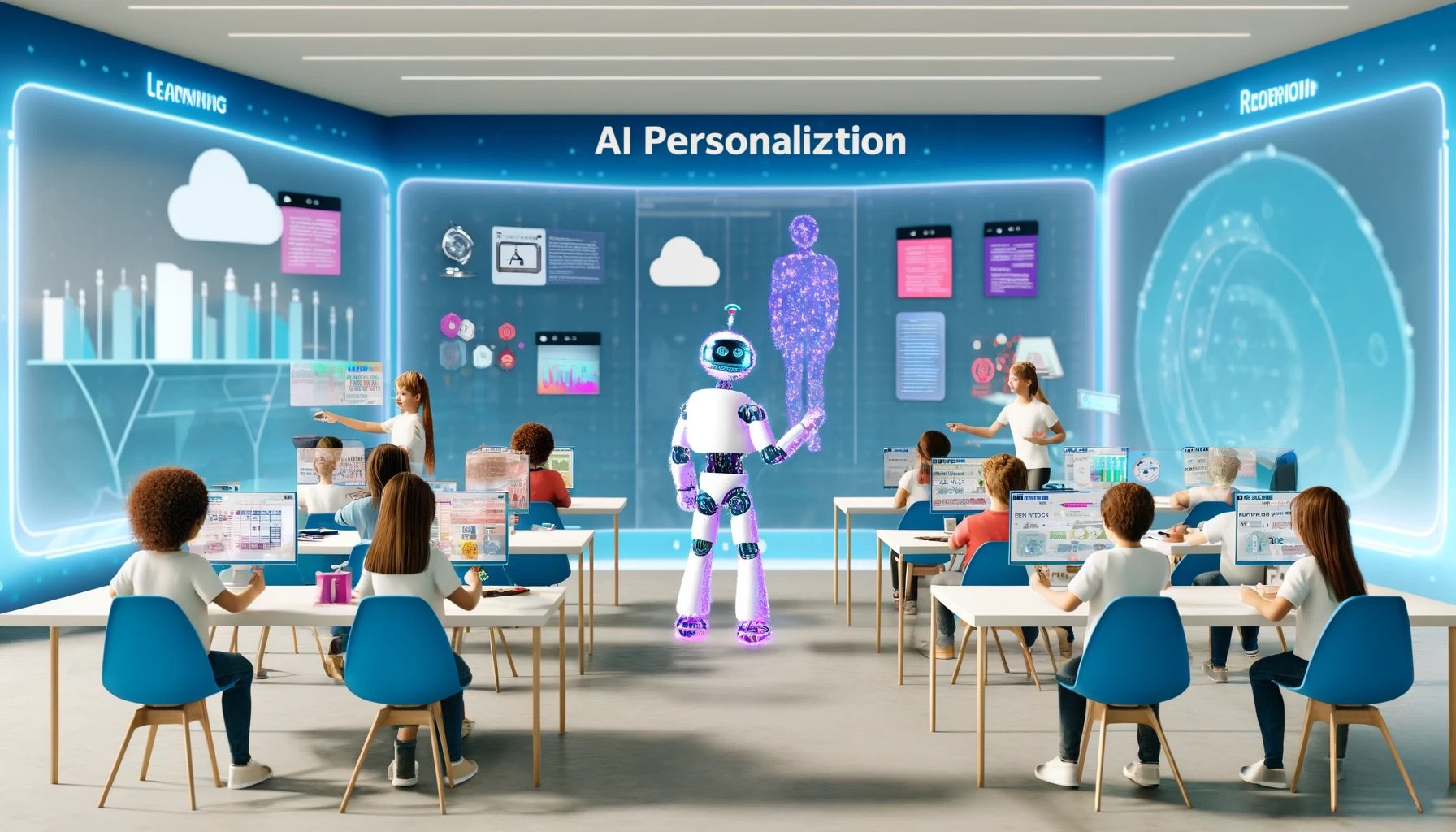
Autonomous AI Agents
Autonomous AI agents are systems designed to operate independently with minimal human intervention, making decisions and taking actions based on their programming and real-time data. These agents are equipped with capabilities such as machine learning, decision-making algorithms, and often sensory technologies like vision or speech recognition. Autonomous AI agents can perform tasks without human intervention; learning from data, making decisions, and taking actions based on their learning. Autonomous AI agents can be used in various business applications such as customer service, sales, marketing, supply chain management, and more.

Data Governance to Support AI Initiatives
Artificial Intelligence (AI) has become an integral part of many businesses, transforming the way they operate and compete. However, for AI solutions to be effective and deliver the desired results, they require high-quality, accurate, and consistent data. A strong, comprehensive data governance program is essential for ensuring the quality and integrity of the data used to train and operate AI systems. A robust data governance program helps businesses manage their data effectively, ensuring it is secure, compliant, and aligned with the organization's goals. A strong data governance program not only improves the performance of AI solutions but also helps businesses gain insights from their data, make informed decisions, and stay competitive in the market.

Leveraging Generative AI and Enterprise Collaboration Solutions to Transform Business Applications
The way we work with each other and with enterprise systems is evolving, as more businesses turn to generative artificial intelligence (AI) and enterprise collaboration solutions. These new tools transform the way we interact and use business applications, effectively becoming a new user interface (UI) and experience (UX). Integrating generative AI with enterprise collaboration solutions like Slack can lead to a more integrated, productive, and efficient UX, as well as improved knowledge sharing and decision-making. There are ethical and privacy concerns that must be considered when implementing generative AI of course, and the importance of ongoing training and maintenance to ensure the accuracy and fairness of the AI's outputs is an integral part of using the tools effectively. By leveraging these powerful tools, businesses can stay competitive and achieve their goals in a rapidly changing world.

What You Need to Know about Small and Narrow Language Models
Language models (LMs) are artificial intelligence (AI) systems designed to understand, generate, and manipulate human language. These models come in various sizes, each offering distinct advantages. Small models are computationally efficient, making them ideal for quick tasks and deployment on devices with limited resources. Medium-sized models strike a balance between performance and efficiency, suitable for a wide range of applications. Large models, while more resource-intensive, excel in complex language understanding and generation tasks, often producing more nuanced and contextually appropriate outputs. In contrast, narrow LMs are designed to perform well on a specific set of tasks or within a particular domain, rather than having the broad, general-purpose capabilities of more extensive language models. The choice of model size depends on the specific use case, balancing factors such as accuracy, speed, use case and resource availability.

Cost-Benefit Analysis of AI Projects: What IT Managers Need to Know
As organizations increasingly turn to artificial intelligence (AI) to drive innovation and efficiency, IT leaders must be able to effectively evaluate the economic impact of these initiatives. By learning the process of financial evaluation for AI projects, IT managers position themselves as strategic business partners within their organizations. This skill enables them to prioritize projects effectively, allocating limited resources to initiatives that promise the highest return on investment (ROI). It equips them with the ability to build compelling business cases, articulating the value of AI projects to executives and other stakeholders in financial terms they understand and appreciate. It also supports ongoing evaluation and continuous improvement of business outcomes by measuring projects against agreed benchmarks.

AI First: Changing the Customer Service Paradigm
From digital transformation to digital first and now artificial intelligence (AI) first, the way companies are approaching both their business strategy and IT strategy continues to evolve. Digital first and AI first are similar, although you could probably think of AI first as a component of digital first. As more enterprise providers embed AI into their product portfolio, having an overall AI strategy is a very important part of a successful business strategy. In customer service this is particularly relevant, with many providers converging on everything customer service from call centers to field service. But what does an AI first customer service strategy look like?

Total Monetization: The Impact of AI on Software Pricing and Packaging
AI, particularly generative AI, is having an outsized impact on everything from art to green tech, and dominates most tech conversations lately (well, over the last 18+ months anyway). The one area that I don’t hear enough about is how technology providers, particularly SaaS and cloud providers, are scrambling to figure out new pricing and packaging models that will capture the value the new solutions bring while ensuring that margins are not disrupted (or maybe I should say destroyed) with the high costs of operating and scaling AI offerings, particularly generative AI. By offering advanced AI functionalities, companies can differentiate their products in crowded markets. This differentiation can be a key driver in packaging design, helping companies to highlight unique features that justify premium pricing or attract a specific segment of customers.

Human in the Loop and Intelligent Automation
Business use of generative AI, artificial intelligence (AI) and machine learning (ML) has rapidly increased over the past couple of years. With this growth, and the increased use of these technologies with and embedded in other enterprise applications, the ability to combine AI with automation technologies to provide effective and trustworthy methods of automating many business tasks has great potential. These new abilities can provide many productivity gains, and revenue and margin upside, and as such should be an important part of your digital first strategy. Generally companies are using two approaches to embedding these technologies into their business functions and processes, Human in the Loop (HITL) and Intelligent Automation (IA). Both methods aim to enhance efficiency and productivity but differ significantly in their reliance on human intervention.

AI Talent in IT: Building Skills for the Future
The IT world is grappling with a significant skills gap when it comes to both traditional and generative AI. A survey conducted earlier this year by Pluralsight of 1200 executives and IT professionals indicated that 81% of IT professionals think that they can use AI, but only 12% actually have the skills to do so. And 70% of workers likely need to upgrade their AI skills. In a December 2023 article Reuters reported there will be a 50% hiring gap for AI-related positions in 2024 and the existing personnel up-skilling demand could approach 70% of workers needing such a skills upgrade. A 2023 survey of nearly 13,000 employees by Boston Consulting Group found that while 86% needed AI training, only 14% were receiving it. Bottom line, we have a large AI IT skills gap that is likely going to get worse as more and more companies deploy AI enabled solutions this year.

The Role of AI in Shaping Future IT Strategies
Artificial Intelligence (AI) is revolutionizing industries and transforming the way companies operate. As organizations try to maintain competitive advantage and drive innovation, incorporating AI into their IT strategy has become a necessity. AI has the potential to streamline processes, enhance decision-making, and unlock new opportunities, making it a critical component of any forward-thinking IT strategy.

The Future of Smart Technologies: Exploring IoT and AI
The Internet of Things (IoT) is a network of physical devices embedded with sensors, software, and other technologies, designed to connect and exchange data with other devices and systems over the internet. This interconnectedness allows for more direct integration of the physical world into computer-based systems, resulting in improved efficiency, accuracy, and economic benefits.

The Impact of IoT on IT Strategy
Building an effective IT strategy is essential for any organization looking to leverage technology to drive business growth and efficiency. Emerging technology like artificial intelligence (AI), generative AI and the Internet of things (IoT) offer many strategic business benefits if implemented and used properly in the context of the specific needs of a company. IoT in particular, significantly impacts a company's IT strategy, influencing various aspects of business operations, technology management, and strategic planning.

Systemic AI: How Generative AI is Transforming Enterprise Workflows
Generative AI can transform enterprise workflows by automating routine tasks, streamlining business processes, and enabling employees to focus on higher-level, strategic work. It excels in automating repetitive activities like data entry and customer service, optimizing workflows to reduce bottlenecks, and enhancing operational efficiency through predictive maintenance and demand prediction. By freeing employees from mundane tasks, generative AI empowers them to engage in creative, strategic, and problem-solving activities, ultimately fostering innovation and improving job satisfaction. Examples of its application include content creation, data analysis, and virtual assistance, all of which contribute to a more efficient and competitive business environment.

The Role of Automation in Business Operations
Companies continuously seek ways to enhance efficiency, reduce costs, and improve accuracy. Business automation is a key strategy for achieving these goals. By leveraging technology to perform repetitive tasks, streamline processes, and integrate complex workflows, businesses can focus on strategic initiatives and innovation. The three key facets of business automation are task automation, straight-through processing (STP), and orchestration.

The Importance of High-Quality Data for Generative AI Success
High-quality data is the foundation for successful generative AI applications. As companies increasingly leverage AI to drive innovation and improve business outcomes, ensuring the accuracy, completeness, and consistency of data is more critical than ever. Poor quality data can lead to inaccurate AI model outputs, biased results, and ultimately, flawed decision-making.

Ensuring Responsible Use of Generative AI in the Enterprise
Generative AI has the potential to have a major impact on business operations. From content creation and customer service to data analysis and decision-making, generative AI can streamline processes, reduce costs, and enhance efficiency. However, as with any powerful technology, it is crucial for companies to ensure the responsible use of generative AI to mitigate potential risks and maintain ethical standards.

Generative AI and Personalized Education: Adapting Learning Materials to Individual Needs
The integration of technology into the education and training process has become a pivotal force in transforming traditional learning methodologies. One of the most impactful advancements in this domain is the application of Generative Artificial Intelligence (GenAI) to personalized education and training. This innovative approach leverages the power of AI to adapt learning materials, catering to the unique needs and preferences of individual learners.

How Sales Managers Can Leverage AI to Improve Sales Team Performance
The sales profession is undergoing a transformation. AI and generative AI, with capabilities for creating human-quality content, simulations and predictive analysis, can provide sales managers effective tools for sales coaching. For sales managers burdened with the task of nurturing and developing their teams, genAI offers many possibilities. By leveraging genAI, managers can personalize training, provide real-time feedback, and equip their reps with the tools they need to close more deals and achieve peak performance.

Mitigating Risk and Predicting Problems: AI as a Proactive Enterprise Tool
Traditional risk management often involves reacting to problems after they occur. AI offers a game-changing approach by enabling proactive risk mitigation and problem prediction. AI-enabled risk management is more effective than traditional risk management processes and methods due to its ability to process and analyze vast amounts of data quickly and accurately. Traditional methods often rely on manual data collection and analysis, which can be time-consuming and prone to human error. AI systems, on the other hand, use machine learning algorithms to detect patterns and anomalies in real-time, providing faster and more reliable insights. These systems can continuously learn and adapt from new data, improving their predictive capabilities and enabling organizations to identify and mitigate risks more proactively. AI can integrate data from diverse sources, such as social media, financial markets, and internal company data, to provide a comprehensive view of potential risks.

Using Generative AI in Business
Generative AI is adding value to individuals both in their personal life and in their job, as well as to businesses in business processes and other use cases. There’s a bit of confusion though that has persisted in the generative AI “lore” that gets discussed regularly. It is easy to think of generative AI in business in the same light as the currently available public tools like OpenAI’s ChatGPT, Google Gemini, Perplexity, and Anthropic’s Claude. While those tools are definitely being used in a business setting, they are not the only way generative AI is showing up for enterprise use.
